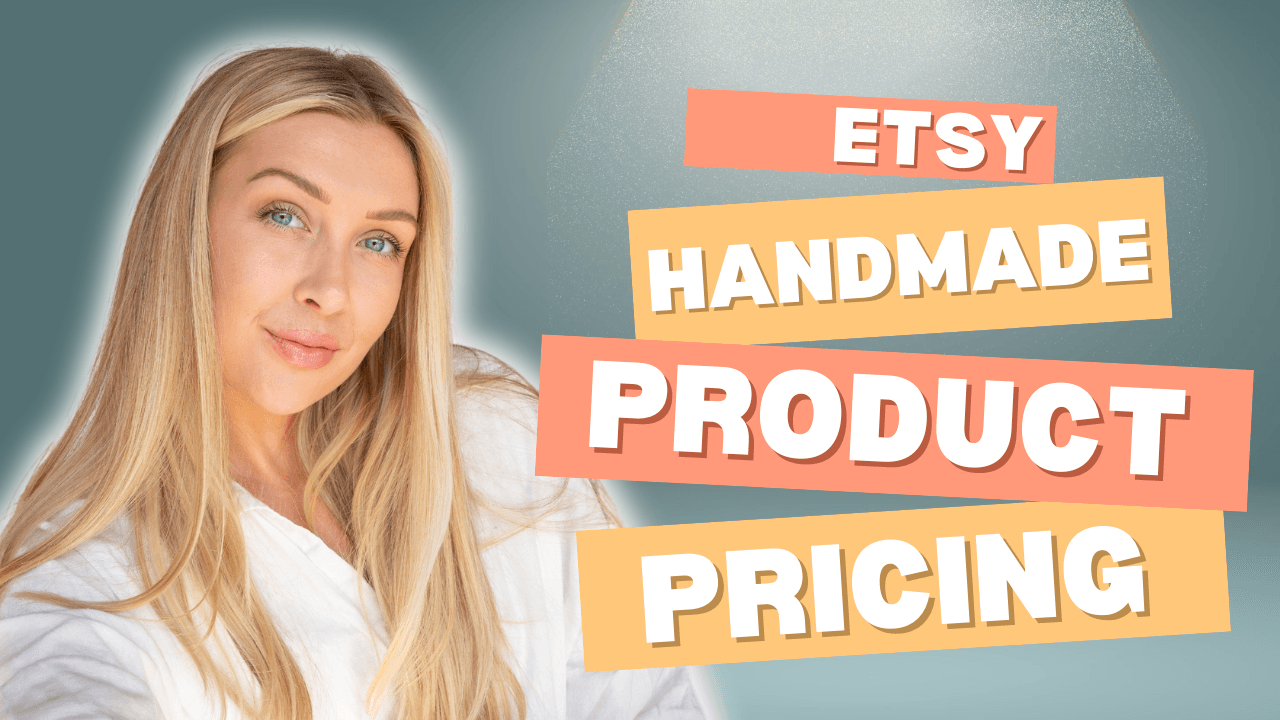Pricing handmade products on Etsy can be a challenging task, especially for new sellers. Many Etsy shop owners struggle to find the right balance between covering costs, making a profit, and staying competitive in the marketplace. This guide will walk you through the essential steps and strategies to price your handmade products effectively, ensuring your shop remains profitable and sustainable in the long run. Whether you’re using an Etsy pricing calculator or setting prices manually, these tips will help you create a solid pricing strategy.
Why Is Pricing Important on Etsy?
Pricing your products correctly on Etsy is crucial for several reasons:
- Profitability: If your prices are too low, you won’t make a profit. Pricing too high, on the other hand, may deter potential buyers.
- Perceived Value: Pricing affects how customers perceive your products. Higher prices often suggest better quality, while lower prices may raise doubts about the craftsmanship.
- Market Positioning: Your prices can help position your brand within the marketplace. Are you targeting budget-conscious shoppers or those looking for premium, handcrafted items?
By understanding the importance of pricing, you can avoid common mistakes that many Etsy sellers make and create a sustainable business model.

Factors to Consider When Pricing Handmade Products on Etsy
When determining the right price for your products, consider the following factors:
1. Material Costs
Start by calculating the total cost of materials used to create your product. This includes:
- Raw materials (fabric, wood, beads, etc.)
- Packaging materials (boxes, labels, etc.)
- Tools and equipment wear and tear
2. Labor Costs
Determine how much time you spend creating each product and assign an hourly rate for your work. For example:
- If it takes you 2 hours to make a product and your desired hourly rate is $20, your labor cost per product is $40.
3. Overhead Costs
Overhead costs are expenses that aren’t directly tied to the product but are necessary to run your business. These include:
- Etsy listing fees ($0.20 per listing)
- Transaction fees (6.5% of the sale price)
- Shipping materials
- Utility bills, rent, etc.
4. Profit Margin
After covering costs, you need to add a profit margin. A common strategy is to add a markup of 50-100% to ensure you’re making a profit.
Formula for Etsy Pricing:
(Product Cost + Labor Cost + Overhead Cost) x Markup = Final Price
5. Market Research
Research similar products on Etsy to understand the pricing trends in your niche. Analyze competitors’ prices and look for gaps in the market.
6. Etsy Fees and Taxes
Don’t forget to account for Etsy fees and taxes when pricing your products. Use an Etsy pricing calculator to ensure you’re not losing money on each sale.
How to Use an Etsy Pricing Calculator
An Etsy pricing calculator is a handy tool that simplifies the pricing process by taking all your costs and fees into account. Here’s how to use it:
- Enter Material Costs: Input the cost of materials used for each product.
- Enter Labor Costs: Specify your hourly rate and the time spent making the product.
- Enter Overhead Costs: Include additional business expenses.
- Enter Etsy Fees: Add Etsy listing, transaction, and payment processing fees.
- Set Your Desired Profit Margin: Choose a markup percentage to calculate your final price.
Popular Etsy pricing calculators include:
- Craftybase Etsy Fee Calculator
- EtsyHunt Pricing Tool
- CalculatorSoup Craft Pricing Calculator
These tools help ensure you cover your costs and achieve a profitable price point.

Common Pricing Mistakes to Avoid
Many Etsy sellers make mistakes when pricing their products. Here are some common pitfalls and how to avoid them:
1. Underpricing
Underpricing is a common mistake, especially among new sellers. It can harm your brand’s perceived value and make it difficult to sustain your business.
Solution: Always account for all costs and set a profit margin that ensures your business is sustainable.
2. Ignoring Etsy Fees
Etsy fees can quickly add up and eat into your profits if you don’t account for them when pricing your products.
Solution: Use an Etsy pricing calculator to include all fees in your pricing strategy.
3. Failing to Research Competitors
If you don’t research competitors, you may end up pricing your products too high or too low compared to the market.
Solution: Conduct thorough market research to understand pricing trends in your niche.
Pricing Strategies for Different Etsy Products
Depending on the type of products you sell, your pricing strategy may vary. Here are some tips for different categories:
1. Jewelry
- Tip: Use a tiered pricing strategy for different materials (e.g., silver vs. gold) to appeal to a wider audience.
2. Home Decor
- Tip: Factor in the shipping cost, as home decor items can be bulky and expensive to ship.
3. Clothing and Accessories
- Tip: Include costs for custom sizes or alterations in your pricing.
How to Adjust Your Prices Over Time
Your pricing strategy isn’t set in stone. As your business grows, you may need to adjust your prices. Here’s how:
- Analyze Sales Data: Review your sales performance and customer feedback to identify if your prices need adjustments.
- Account for Inflation: Material and shipping costs may increase over time, so adjust your prices accordingly.
- Test New Price Points: Experiment with different prices to find the sweet spot where you maximize both sales and profit.
Etsy Pricing FAQs
1. How do I price my products on Etsy to make a profit?
Use the pricing formula:
(Product Cost + Labor Cost + Overhead Cost) x Markup = Final Price
2. What is a good profit margin for handmade products?
A profit margin of 30-50% is a good starting point, but it can vary depending on your niche and product type.
3. Should I use an Etsy pricing calculator?
Yes, an Etsy pricing calculator simplifies the process and ensures you don’t overlook any costs.
Pricing your handmade products on Etsy requires careful consideration of material costs, labor, overhead, Etsy fees, and profit margins. Using an Etsy pricing calculator can simplify the process and ensure you’re setting competitive and profitable prices. By avoiding common pricing mistakes and regularly reviewing your pricing strategy, you can build a successful Etsy shop that stands the test of time.
Remember, your pricing reflects your brand’s value and quality. Set your prices with confidence, and your Etsy shop will thrive.





